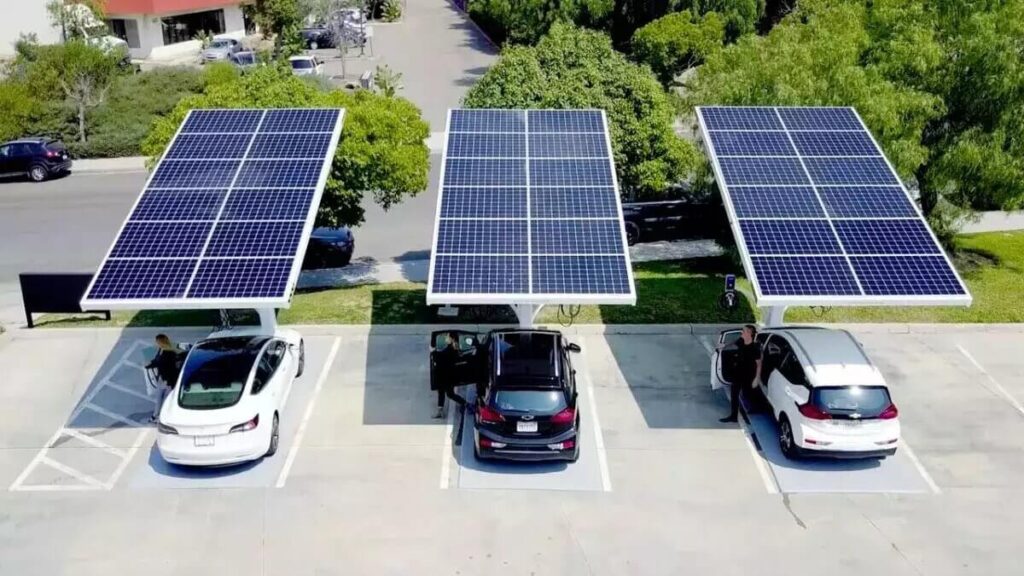The Evolution of the Relationship Between Electric Vehicles and Solar Energy
The relationship between electric vehicles (EVs) and solar energy has undergone remarkable transformation over recent years. As global attention shifts towards sustainable energy solutions, the integration of solar power into the electric vehicle industry has become increasingly crucial. This synergy is not only helping reduce carbon emissions but also offers a glimpse into a future where both transportation and energy systems are more environmentally responsible.
Early Stages of EV and Solar Integration
Initially, electric vehicles were largely dependent on conventional electricity from the grid, often powered by fossil fuels. While EVs were touted as a greener alternative to gasoline-powered cars, their overall environmental impact was still tied to the energy sources used to charge them. As the demand for cleaner, renewable energy grew, the idea of pairing EVs with solar energy gained momentum. The improvement in solar panel efficiency during this period opened new possibilities for a cleaner, renewable charging solution.
Advancements in Solar Technology and EV Charging Infrastructure
As solar photovoltaic (PV) technology evolved, solar panels became more efficient, accessible, and affordable. This allowed homeowners and businesses to install solar panels on rooftops and use them to charge their EVs, thus reducing dependence on non-renewable energy sources. Furthermore, solar-powered charging stations have emerged in numerous regions, providing a sustainable alternative to traditional grid-powered charging infrastructure. These stations enable EV owners to power their vehicles with renewable energy, creating a more resilient and sustainable energy ecosystem.
Solar-Powered Vehicles: A Step Toward the Future
Perhaps the most exciting development in this field is the emergence of solar-powered electric vehicles. Some innovative companies have begun designing EVs with built-in solar panels that can harness the sun’s energy to charge the vehicle’s battery. While current solar panel technology is not yet sufficient to power a car entirely from sunlight, it can extend the range of EVs, especially when combined with conventional charging methods. As solar efficiency improves, solar-powered vehicles may become more practical for everyday use, potentially reducing the need for traditional charging altogether.
Challenges and Limitations
Despite the promising potential, there are challenges to fully integrating solar energy with electric vehicles. The energy output from solar panels is still limited compared to the energy requirements of a typical electric vehicle, especially in areas with limited sunlight. Additionally, solar panel efficiency, while improving, still cannot completely power most EVs over long distances. For now, solar energy works best as a supplementary charging option, particularly for homeowners with solar installations.
Real-World Applications and Success Stories
Several regions and companies are already leading the way in integrating solar energy with EVs. For example, companies like Lightyear and Sono Motors are developing solar-powered cars with built-in solar panels that can provide a significant portion of the vehicle’s energy needs. Meanwhile, countries like the Netherlands have made strides in implementing solar-powered EV charging stations, creating a more sustainable and interconnected energy grid.
The Road Ahead
As battery technologies continue to advance and solar energy becomes more efficient, the partnership between electric vehicles and solar power is set to grow stronger. Governments, private enterprises, and energy providers are investing heavily in solar-powered infrastructure, from charging stations to smart grids, and are working on vehicle designs that integrate solar panels more effectively. The future promises a cleaner, more sustainable transportation ecosystem where the synergy between EVs and solar energy plays a vital role in addressing global energy and environmental challenges.

